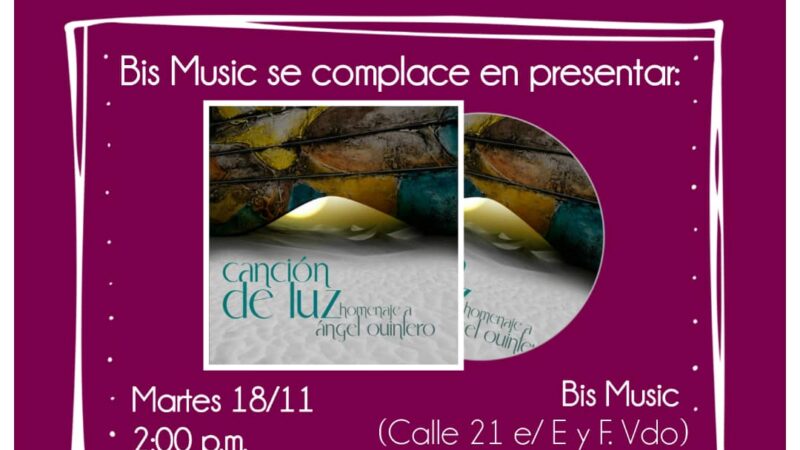Yudit Vidal’s work in the Catalan magazine Artepoli
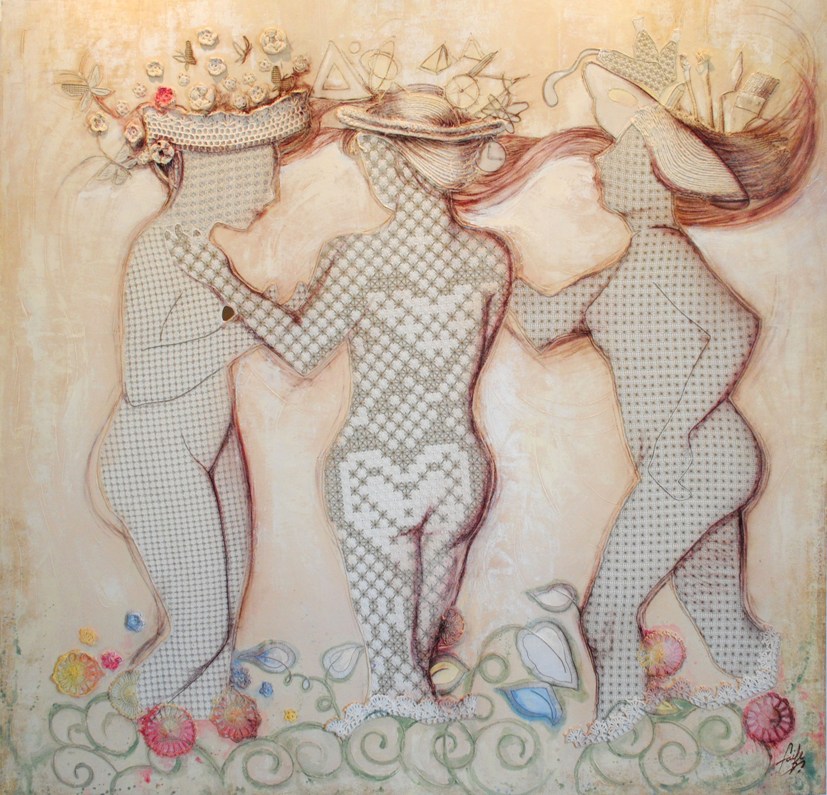
Yudit Vidal, with her constant creations, imagination and ideas that often come and go, once again occupies a space in the pages of this harmonious album that is Radio Enciclopedia, and in turn in the Catalan cultural information magazine Artepoli, which specialises in plastic arts, theatre, literature and news.
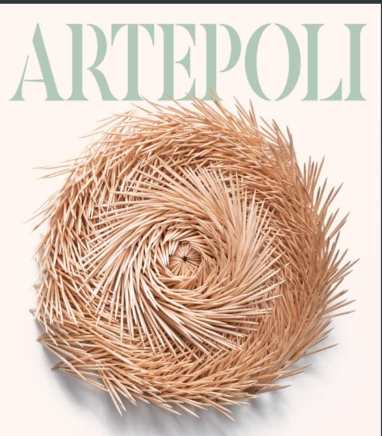
The publication of an article by the Cuban art critic Nelson Herrera Ysla, entitled Con las mismas manos (and licensed by Roberto F. Retamar), highlights the work of the Trinidad-based artist, the work with the artisans she has been able to gather around her creative process, the urban, community and family environment.
For this renowned curator and poet, Yudit is endowed with a rich sensitivity to traditions and craftsmanship, to the diversity of human nature and artistic practices. She is a sensitive link to the art of women who, since the 1960s, have chosen to express themselves through the many languages of painting, engraving, photography, sculpture, installation and the new media brought about by technology.
She has been able to dazzle herself with past times and eras, thanks to the urban and architectural framework that surrounds her, and an innumerable succession of furniture, objects, clothes, hairstyles and personal adornments that populate the imaginary of the social groups that inhabit the city of Trinidad and its environs.
In the Barcelona magazine Artepoli, Herrera Ysla also points out that Yudit has always turned to them to supplement what she has learnt “in her teaching and academic training, as well as in her interaction with other creators throughout the archipelago, which she has managed to capture in two-dimensional works – in which a variant of the same has recently begun to predominate, which we can classify as object painting – together with a mixture of other aesthetic languages, until they reach extensions and urban spaces on balconies, roofs and building facades”.
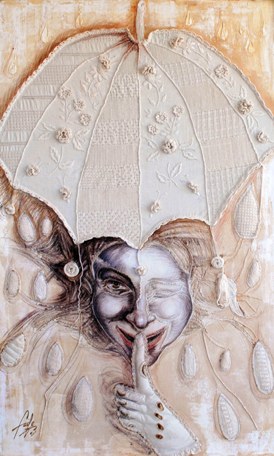
Among the essential components of her work, she points to the embroidery that characterises the third village of Cuba and the way in which she appropriates traditions as the most natural thing in the world, feeling herself a humble heiress in operations similar to those carried out by many Cuban musicians and usually called fusion.
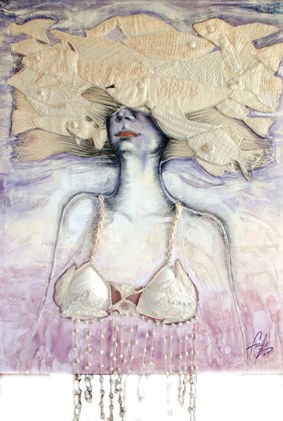
Her sensitivity is rooted in the expressions of a visual culture that keeps alive its historical heritage and its complex intertwining with the contemporary. She also establishes links with other manifestations of music, dance, theatre, architecture, poetry, in that kind of feedback that is so necessary to all creation, Herrera Ysla affirms.
Whether wings, threads and brushes, weft and warp, faces, columns and roofs, fountains and patios, water in streets and squares, roofs, invisible gardens, among others, the truth is that she does not discriminate against the rich and dazzling variety of formal solutions and imagination of so many men and women who inhabit these regions; she explores and immerses herself in almost all of their territories until she reaches her best definition as an artist.
A large part of Yudit Vidal’s creative process is the content of these reviews, published in Artepoli, which are an invitation to read them in order to get to know and understand the work of the artist, a universal ambassador for peace.
Translated by Luis E. Amador Dominguez



